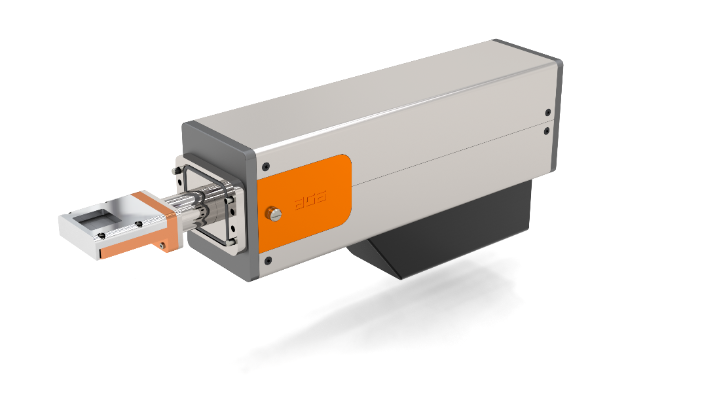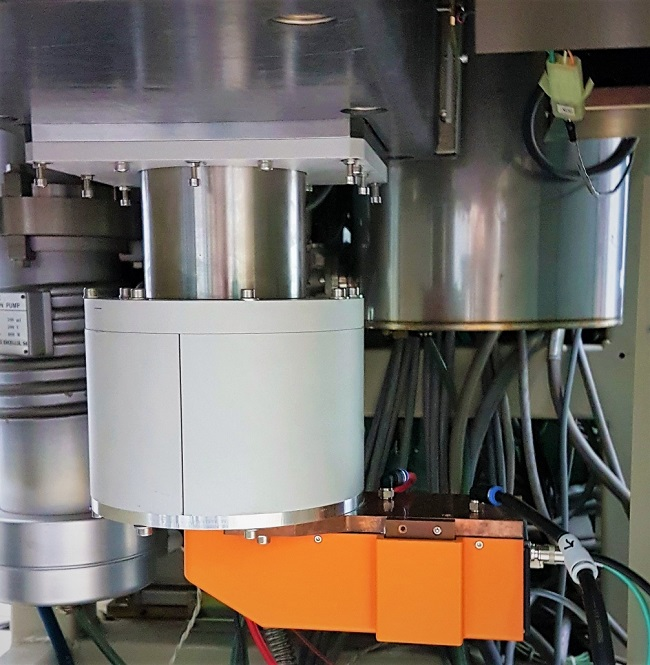In this interview, AZoM talks to Yemliha Bilal Kalyoncu, Application Engineer at Amsterdam Scientific Instruments about how an indispensable advancement for TEMs is provided by hybrid pixel technology.
Can you give a brief overview of Amsterdam Scientific Instruments, and what sets you apart from other members of your industry?
Amsterdam Scientific Instruments is an innovative company dedicated to producing and marketing the most advanced detector systems for scientific and OEM customers that want the next generation detector technology. It has emerged from NIKHEF (National Dutch Institute for subatomic physics) Institute of the University of Amsterdam as a result of joint scientific efforts with CERN. The hybrid pixel technology was born from this collaboration and quickly found applications in various fields from particle physics to X-ray imaging in synchrotrons and to electron microscopy applications.
This technology is based on sophisticated read-out ASICs, called Medipix/Timepix, where high-resolution timing and spectral/intensity information of particles can be obtained. While CERN produces these ASICs, ASI has pioneered in utilizing these sensors to manufacture a single electron sensitive electron detector for transmission electron microscopes: The CheeTah.
ASI is a global player in the X-ray imaging industry with the LynX series and produces highly sensitive direct electron detectors for transmission electron microscopes. Besides, we also manufacture a patented, single-photon counting detector: TPX3CAM. A unique camera that opens its own field for time-resolved measurements.
What sets us apart is the benefits of hybrid pixel technology that we offer with every product: noiseless data, high-speed read-out, and high dynamic range are only three examples among many.

The CheeTah Detector
Can you please elaborate more to our readers on the benefits of a hybrid pixel/direct electron detector?
For each application, the benefit would be different. But the bottom line is data that you can 100% rely on and that allows you to observe effects that were not seen before. The detector eliminates noise at the sensor level and results in unprecedented high signal to noise ratios. If we would like to give some numbers, the CheeTah M3 allows event counting with a 24bit dynamic range for intensity measurements, and on the other hand, the timing of the CheeTah T3 records of impinging electrons with 1.56 ns time resolution. Moreover, the continuous read-write mode and novel read-out schemes grant dead-time free recording with speeds of 2000 fps with 12 bits counter-depth, without sacrificing resolution.
It depends on each specific experiment, in which one of these features should be exploited for the best performance. To give few examples: high dynamic range is necessary for 4D-STEM experiments in material science, high SNR is essential for low dose applications on beam sensitive samples, and 1.56ns time resolution is good for ultrafast TEMs and in-situ measurements. We also now introduce a 1megapixel detector for life-sciences where high resolution is necessary for resolving structures with large unit-cells.
How does the CheeTah detector compare to a conventional CCD or CMOS camera?
In CheeTah detector, each pixel is actually an individual detector with its own electronics for counting electrons and processing the signal. Upon that, each pixel has a separate channel for read-out. This architecture allows a single electron sensitivity with zero noise and high-speed read-out. That is very different than the working principle of standard CCD and CMOS detectors, where pixels share electronic circuitry and require binning for faster operation. Moreover, noise, radiation damage, saturated pixels are intrinsic problems these conventional detectors have.
Can the CheeTah detector boost the power of TEM? If so, how?
Transmission electron Microscopes (TEM) have been developed more advanced recently and they can now dive deeper in structures to allow much more precise information. However, the challenge arises in the accurate capture and the visualization of this precise information.
The CheeTah stands as an excellent solution for the microscopy society, not only for basic electron diffraction experiments but also to answer the needs of recent complementary TEM techniques such as Precession Electron Diffraction, 4D STEM, microED and EELS, where standard CCD and CMOS detectors lack the competence to capture the information these methods can give.
Are there any additional features of the CheeTah?
An additional feature is an application-specific interface (API) that allows integration of the detector in any system for remote control. This is a language-independent interface where users can simply implement in their own algorithms for synchronized frame acquisition.
Mechanics are also important for customers because the ports on the microscope may be limited to place a detector. We manufacture bottom static cameras and retractable versions on the 35mm side port, but we also make customized designs for clients’ specific needs.
Who will benefit most from the EM-CheeTah?
The CheeTah M3 is superior in diffraction experiments. Material scientists benefit the CheeTah’s high dynamic range and speed for example in 4D-STEM experiments. Structural biologists and crystallographers exploit the high SNR such that they can work on low doses but still obtain sufficient intensity. A new era is opening up in materials science such as EELS where CCD detectors are replaced with direct electron detectors. On the other hand, CheeTah T3 is the detector of choice for ultrafast, time-resolved, or in-situ measurements.

CheeTah M3 installation
Do you have any examples where the CheeTah has demonstrated its abilities?
Yes, there are many publications in top journals where the data are recorded with the CheeTah Detector. Protein structure determination is a good example; Prof. J.P.Abrahams (PSI - Switzerland) has stated years ago that hybrid pixel detectors boost the power of electron microscopes and allowed him to solve protein structures as small as 100nm. And there are more unknown structures out there to be discovered with the CheeTah detector.
Another example and user testimonial in material sciences are from Prof. Xiaodong Zou (Stockholm University – Sweden). She makes use of the CheeTah detector for ab initio structure determination of crystals that are too small for X-ray diffraction. She employs continuous rotation electron diffraction on those crystals and obtains data with improved quality and shortens the data collection time.
What’s next for Amsterdam Scientific Instruments?
Our vision is to expand our field of applications. Materials science and Life sciences are fields with challenges. We keep the new applications always in our radar and collaborate with key scientists to advance the CheeTah detector for the best performance in these applications. This year is very exciting for us with the introduction of the 1Megapixel detector, which makes us the global leader with ‘gapless’ megapixel hybrid pixel technology for MicroED.
The next step for Amsterdam Scientific Instruments is to realize our vision as we have been enabling since the beginning: to make the invisible visible.
About Yemliha Bilal Kalyoncu, Ph.D.
 With the questioning mindset, Bilal had started studying physics at Bogazici University, Istanbul (Turkey). On top of mind-boggling theoretical physics classes, he worked at BUSPIN lab (spin and nanomagnetics) for his masters where he could turn physics concepts into new methods and techniques. His masters yielded one international and two national patents, and then he moved to Basel (CH) for his Ph.D. In Quantum Coherence Lab at the University of Basel, he worked on graphene nanoribbons and dilution refrigerators for ultra-low temperature physics.
With the questioning mindset, Bilal had started studying physics at Bogazici University, Istanbul (Turkey). On top of mind-boggling theoretical physics classes, he worked at BUSPIN lab (spin and nanomagnetics) for his masters where he could turn physics concepts into new methods and techniques. His masters yielded one international and two national patents, and then he moved to Basel (CH) for his Ph.D. In Quantum Coherence Lab at the University of Basel, he worked on graphene nanoribbons and dilution refrigerators for ultra-low temperature physics.
After obtaining his Ph.D. in experimental physics, He moved to the Netherlands and started working at Amsterdam Scientific Instruments as an application engineer. His innovative attitude and diverse knowledge push him to work on questions where new physics and discoveries may flourish. He is working closely with the R&D department and at the same time is investigating the field to look into new applications where science can benefit from hybrid pixel technology.
Disclaimer: The views expressed here are those of the interviewee and do not necessarily represent the views of AZoM.com Limited (T/A) AZoNetwork, the owner and operator of this website. This disclaimer forms part of the Terms and Conditions of use of this website.